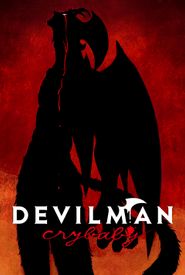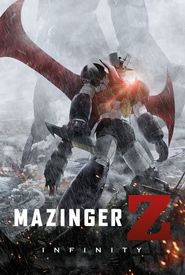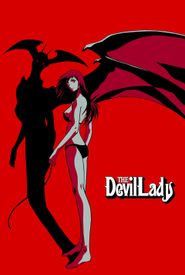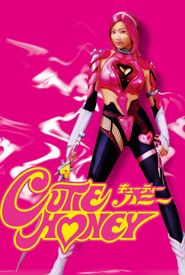Osamu Tezuka, a pioneer of Japanese comic-books, influenced Go Nagai's aspiration to become a manga artist. After graduating from high school, Nagai became an assistant for Shotaro Ishinomori, a mangawriter/artist, and then made his debut with the comic-book "Meakashi Pori Kichi" in the November 1967 issue of Bokura Magazine.
Nagai's turning point came in 1968 with the controversial comic-book "Harenchi Gakuen" ("Shameless High School"),which not only became a huge success but also revolutionized the manga industry. The comic was so controversial that the conservative Parent/Teacher Associations in Japan had publicly burned some copies.
In 1969, Nagai began working on what would be his life's work. The year 1971 saw the publication of his comic-book "Devil King Dante," about a demon awakening in the present to destroy mankind, influenced by an evil alien called "God" in prehistoric times.
The following years saw Nagai's best works, and he later formed his own company, Dynamic Productions. His "Dante" comic predated its more popular incarnation, "Devil-Man," which soon had its own anime series in 1972.
Then came his classic comic-book/anime series, "Mazinger Z," which started the "Super Robot" wave in Japan and became influential to giant robots like Mobile Suit Gundam (1979) and Beast King GoLion (1981) or Voltron.
Nagai's other giant robot works included "Getter Robo" in 1974, the first heroic giant robot to combine from individual vehicles, and the "Mazinger Z" follow-ups "Great Mazinger" and "UFO Robo Grendizer."
He is also known for creating perverse, sex-oriented parodies, his most memorable being "Cutey Honey" in 1972, about an android girl named Honey Kisaragi, who fights monsters and demons, and has the power to change into different clothes.
Nagai created a similar superheroine called "Kekkou Kamen," a spoof of Japan's pioneer TV superhero show "Gekkou kamen" (1958). Unlike Gekkou Kamen, who was a man wearing a white costume, cape, mask, and turban, Kekkou Kamen was a girl who wore only a mask, an occasional cape, gloves, boots, thin scarf, and nothing else!
Nagai's Dynamic Productions split from Toei Animation around 1981, giving him more creative freedom to produce his own shows, such as a 2-part OVA remake of "Devilman" in 1987 and more recently, sequels to "Cutey Honey," "Getter Robo," and "Mazinger Z."































